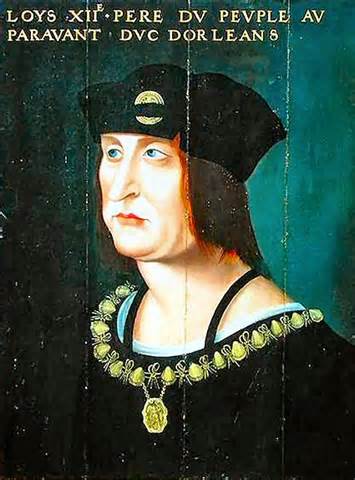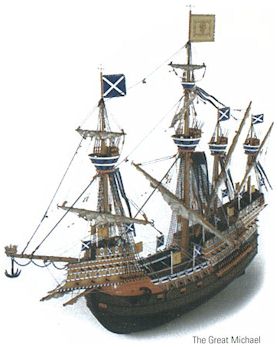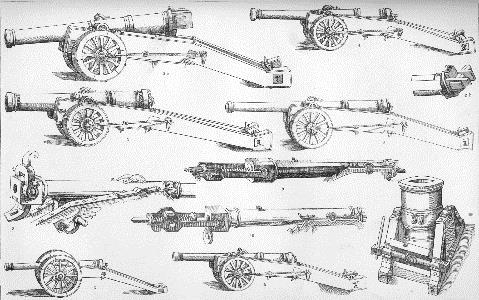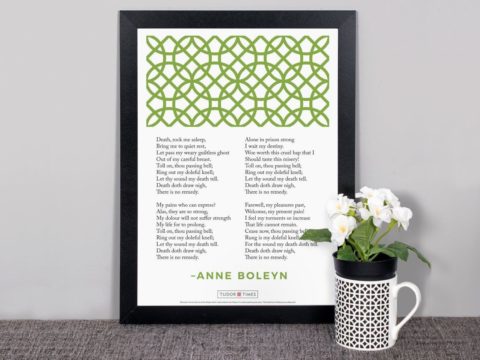James IV: Life Story
A Renaissance Prince
Chapter 11 : Scottish Navy
The discoveries in the New World by Spain and Portugal in the latter quarter of the fifteenth century gave rise across Europe to an increased interest in ships and naval affairs. James was no exception to the rule, and he became fascinated by ships from the start of his reign, frequently visiting the dockyards at Leith, the port of Edinburgh.
Ships were also important for the protection of trade. James was descended from Mary of Guelders, and trade with the Low Countries had always been an important aspect of the Scottish economy. Unfortunately, Scottish merchant shipping often suffered from the depredations of English piracy.
In 1489, five English ships had sailed up the Firth of Forth and ravaged Leith and Fife. James and his councillors could not overlook this and issued Letters of Marque (effectively a commission to a private ship's captain to act on behalf of the Government) to Sir Andrew Wood, who confronted and trounced the English ships off Dunbar, with his two merchant vessels. Henry VII sent three men-of-war, but Wood saw those off, too.

This success encouraged James in his liking for ships, and all sea-towns were commanded to build ships of twenty tons, with "vagrants" to be pressed as crew.
This sudden increase in ship-building required more timber than was available. Supplies were purchased from Norway and France and in 1503 an Act of Parliament was passed commanding every laird to plant an acre of woodland. Additional timber was procured from France in 1506, on the understanding that the Scottish navy would be at King Louis XII's disposal.

The two most important vessels for this nascent navy were the Michael, and the Margaret. The Michael was the largest ship afloat in the first quarter of the sixteenth century. At a length of up to 240 feet (c. 70 metres) and breadth of 56 feet (c. 17 metres) she was an impressive sight.
Her crew consisted of 300 gunners and she could carry upwards of 1,000 fighting men, as well as 27 bronze guns and 300 smaller pieces of artillery. At an outlay of some £30,000 Scots, she cost James about a year's income.




